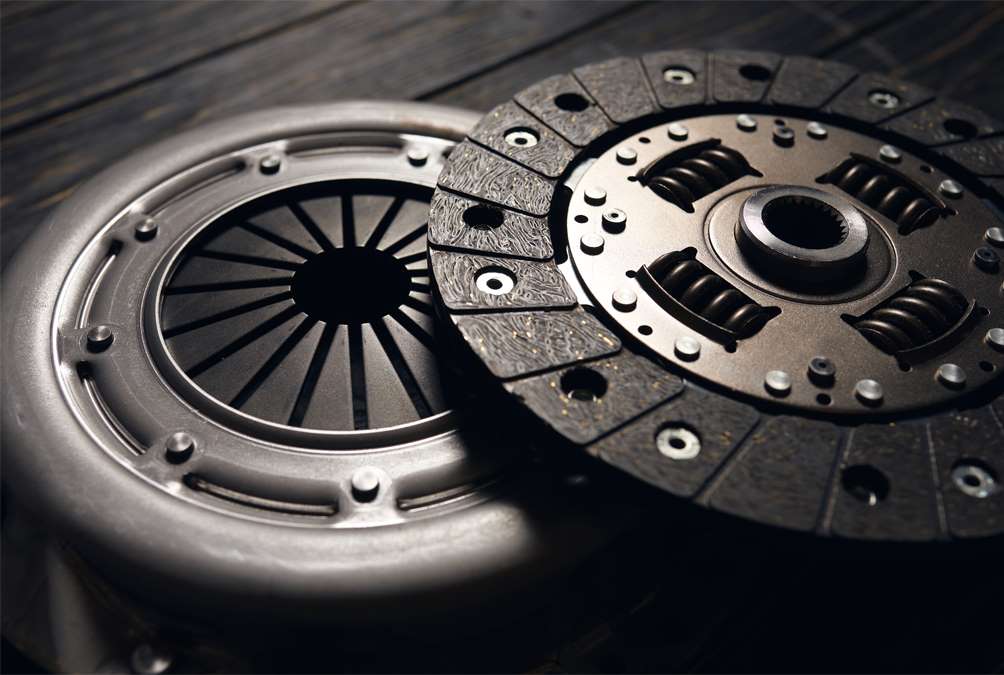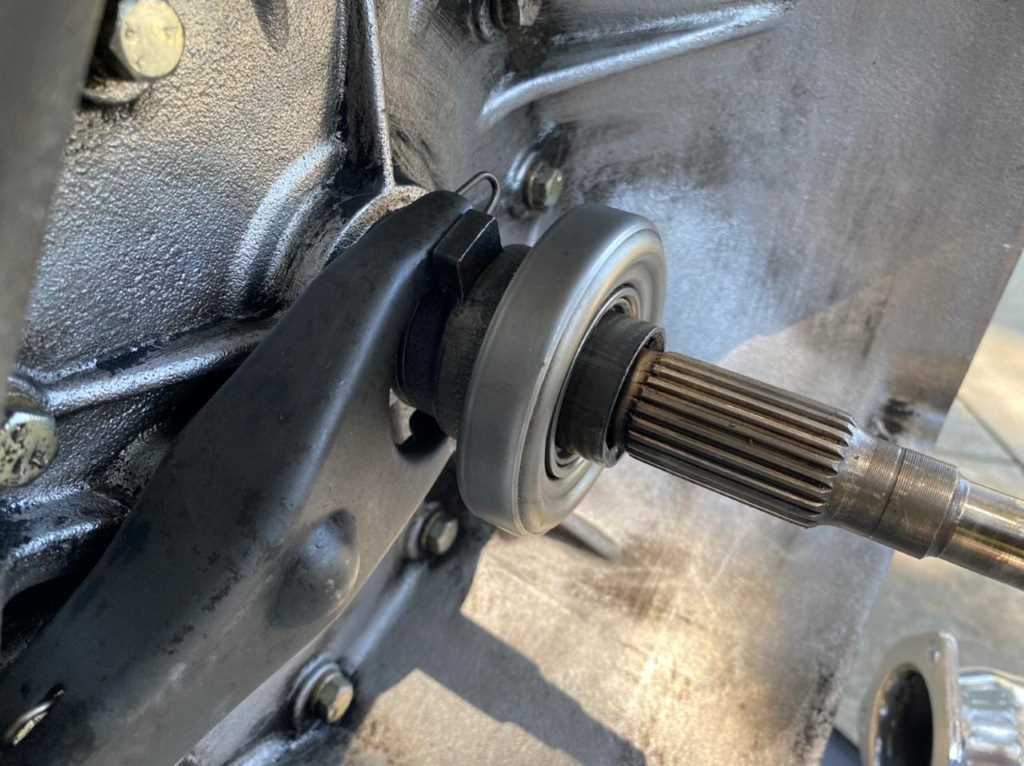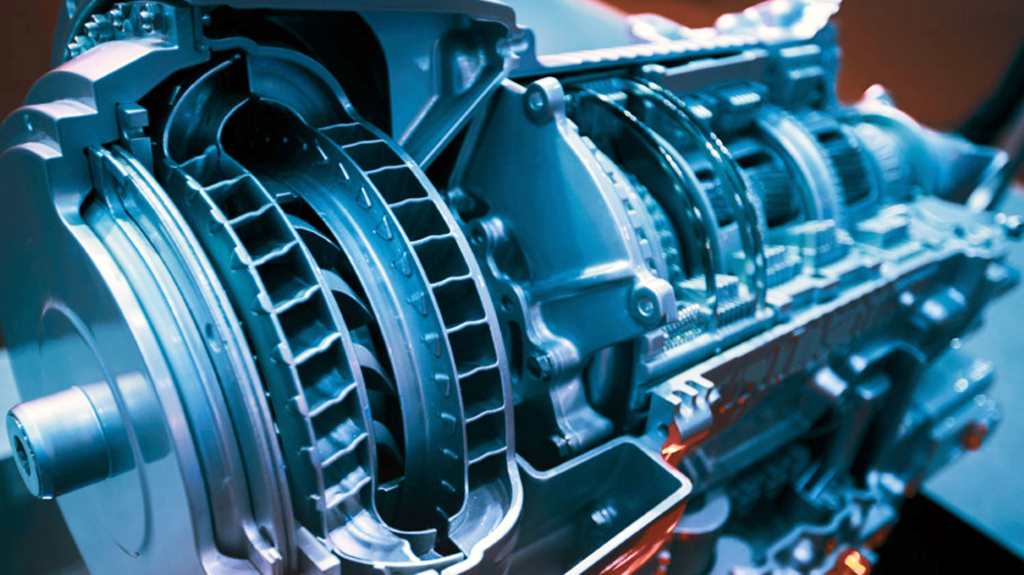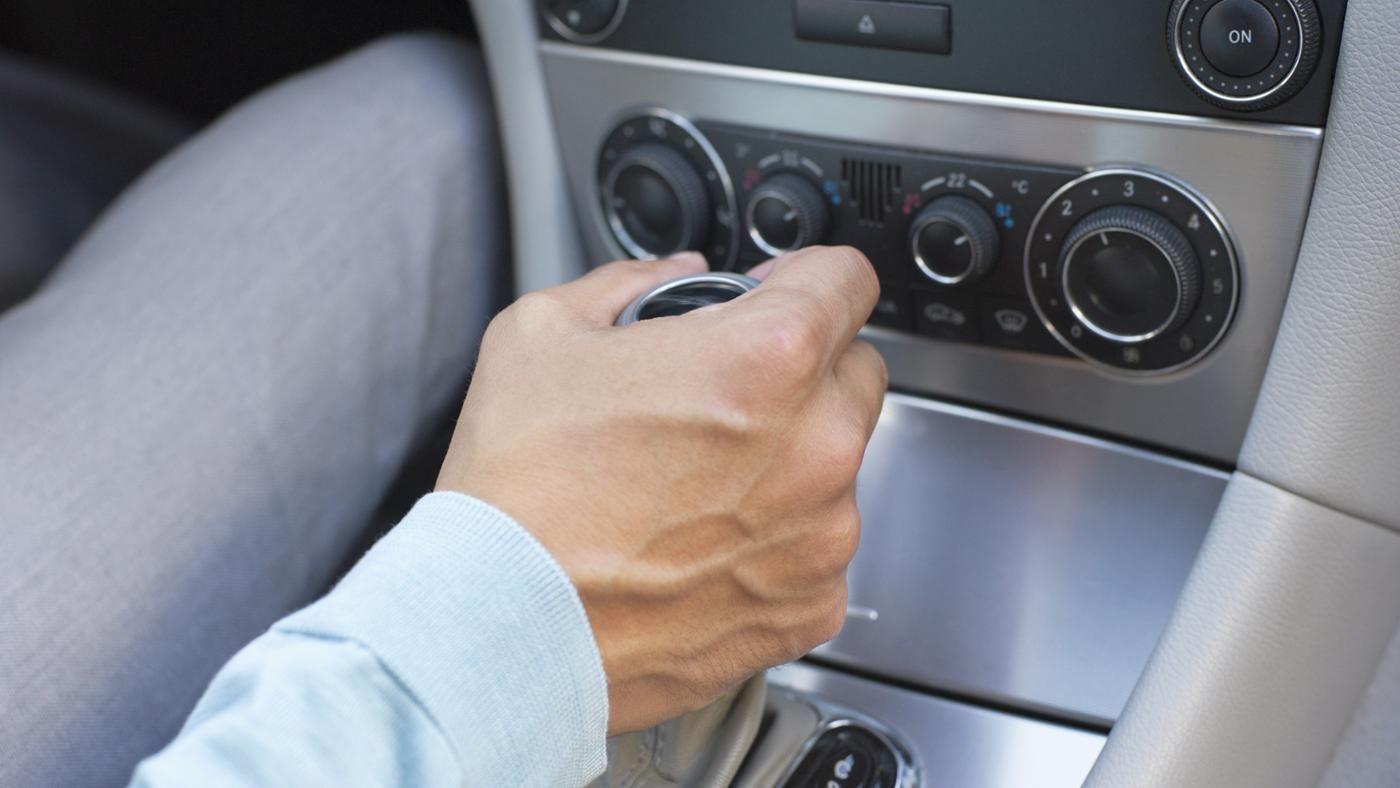A vehicle with manual transmission means the driver needs to manually change the gear by shifting the transmission. The vehicle with this system, no doubt, is economical in terms of fuel and maintenance, but still, manual transmission hard to shift issues can occur sometimes in the car.
This lacking response issue, mainly points towards the clutch or gear system of the car.
So, to find the symptoms, it’s important to understand the working of this whole transmission system so that a driver knows what and how to get it fixed.
Now, let’s find out what causes manual transmission hard to shift.
Contents
Most Common Causes Of Manual Transmission Hard To Shift Issue
Transmissions are complicated and constitute many moving parts. However, if a shift is not happening smoothly on the road, then it’s a serious problem.
Furthermore, ignoring it for a while can turn it into an expensive transmission repair.
So, here are six major causes explaining why is it hard to shift gears with a manual transmission, which can prevent tearing your pocket.
1. The Clutch System
The clutch system is the first reason why manual transmission hard to shift. In simple words, the clutch connects the engine of the vehicle to its wheels. And, when you press the clutch with the foot, it disconnects the engine.
The driver does this to turn the engine to another speed level while the car rolls free. Moreover, when the wheels are not moving and the driver wants the engine to keep turning, the clutch comes into function.
The following parts of this system make it operational which mainly causes manual transmission hard to shift.

Clutch Master Cylinder
It’s a hydraulic pump from which fluid is fed to the slave cylinder further down the line to finish the amplification if the force is applied.
However, if the fluid in the reservoir rises when the clutch is down, and then rises again when the clutch is released, it means the seal has worn out which has caused internal leaks.
Release Cylinder
This component transfers the hydraulic pressure achieved through the master cylinder, into the mechanical force to control the clutch fork.
But when there is an abnormal clutch pedal feel, or low or contaminated brake fluid or, leaks on the floor or engine bay then, these are the symptoms of a bad slave or release cylinder.
Clutch Cover
This part does both, allows, and prevents the transmission from the engine. Within this cover, the clutch plate, the pressure plate, and a diaphragm spring spin along with the flywheel which creates inertia to engage gears.
So, remember to check that the bolts of the clutch cover are not too tight as it may damage the threads or bolt as well.
Release Bearing and Fork
The release fork pivots on a ball stud inside the transmission bell housing. The clutch slave cylinder operates the fork, which has the release bearing attached to it.
The release bearing is pressed against the pressure plate diaphragm when the clutch pedal is pressed. This releases the clamping force of the pressure plate on the clutch friction disk, separating the engine’s power from the transmission.
Since the pressure plate is bolted to the flywheel, it is always turning at the same speed as the engine. Without a bearing that can rotate as a release mechanism, it would be noisy and the component would be short-lived.
These components lose quality due to excessive function and thus, need to be replaced on time to avoid unpleasant sounds while using the system. As a result of the release bearing and fork, you may have manual transmission hard to shift.

Clutch Disc
Its purpose is to connect the vehicle’s engine to the transmission’s input shaft.
However, if you feel clutch drag, then either the clutch disc is not working properly or is damaged which causes manual transmission hard to shift.
2. Synchronizer Ring
It’s a kind of clutch which allows the components to turn at different speeds to synchronize their acceleration and prevent the engagement of gears until it synchronizes.
The result is manual transmission hard to shift when hot. If the teeth of this ring are damaged in some way, it is difficult to shift the transmission.
You can also check for wear between the blocking ring and the gear using a feeler gauge and checking the measurement against specifications.
3. Hub Sleeve
This part of the system connects and brings the main gear into operation with the hub gear. It moves along the direction in which the gear shifts. However, when the hub sleeve is broken or is tightened excessively then, it causes hard-to-shift manual transmission.
SEE MORE:
4. Hub Gear
Being a gear ratio changing system, this internal gear acts as a bridge between the gears but it cannot turn freely. This component is mainly between the first and second gear, and behind the third and fourth gear.
When the gear is damaged, it starts causing transmission shifting issues that’s why manual transmission hard to shift into first gear.
5. Gear
The gear plays the main role in the manual transmission. It accepts the hub sleeve engagement with a synchronization ring.
On the other hand, its big teeth regulate the spinning counter gear when the driver sends the transmission to the output shaft. The gear doesn’t allow the transmission if these teeth are not in a proper condition.
And that is what causes stiff gear shift!

6. Less Gear Oil
The poor performance of the vehicle is caused due to the oil in the gear not being changed periodically or, is getting leaked.
This may produce a grinding or squealing sound on changing the gear, which also makes it difficult to operate. So, changing your transmission oil regularly is so vital to prevent gear shift hard to move.
How To Fix When Manual Transmission Hard To Shift?
When the manual transmission is hard to shift, nothing is going to be an easy or affordable fix. If you have low transmission fluid or gear oil, then that will be the most affordable problem to fix.
Check again the fluid lines, if there is any leak, seal the hold or replace the fluid lines. Since it is cheaper, it may be more affordable than having to repair or replace the entire transmission.
You should fix the problem at this point. Any further, your transmission can become permanently damaged and you are not able to fix it at a low cost.
If you are not able to fix it by yourself, there is another way to fix it. Take it to the professional mechanic where the specialist will identify the problem and fix it for you.
Check out this video from Mechanic Base to get more ideas on the most common causes of manual transmission hard to shift problem and how to fix it!
Summing Up
Knowing the issues, now you understand why manual transmission hard to shift. So, next time whenever you encounter such symptoms consult the nearest service station to maintain the vehicle.
Here are other maintenance tips you should read to better understand your car problem and fix it when needed.
Comment below your thoughts, we will be back to discuss together.




very helpful.
Very helpful and informative
Thank you so much for the informative article on sticky manual shifting.
Thanks I appreciate the information on the sticky manual issue
Hello, thank you…Very helpful and informative…
I have those grind symptoms on my 2018 Honda but dealers wont take it to repair saying its normal
Thank you, really helps out. But one question? I have a big problem with me going from 1st to 2nd, it will not go into second gear, I have to go from 1st to 3rd.. Can you help?
first change main and slave clutch cylinder and bleed the clutch system. Than change your gearbox oil but only with original manufacturer gear oil.
Great article! What about a new car (Honda Jazz)? The first gear became hard to shift (randomly) only after a few weeks of driving. The dealers replaced the gearbox oil. It is a little better, but still it sometimes gets frustrating fighting with the first gear when the traffic light turns green…
Thanks for the knowledge given to us
what about a bad or wore out transmission mount…. i have a new clutch and just seems hard throw you forward shifty. i thought it was my heavy foot or performance clutch but i dont think so…